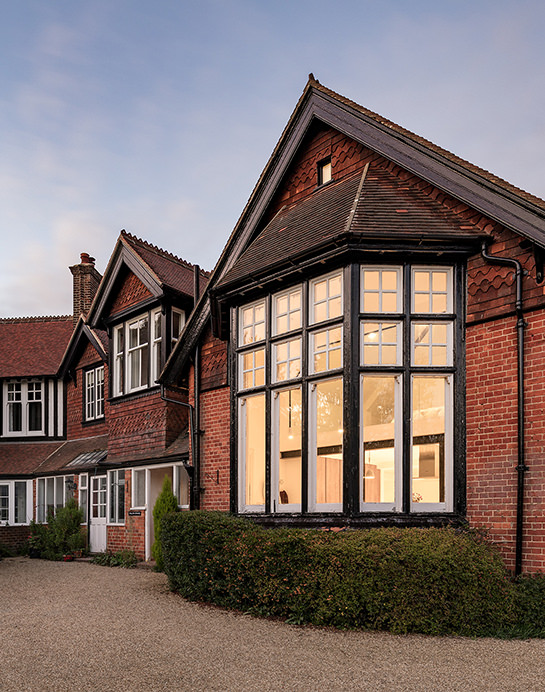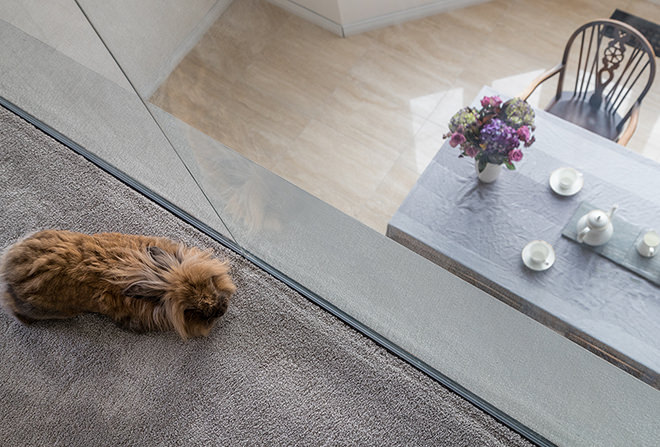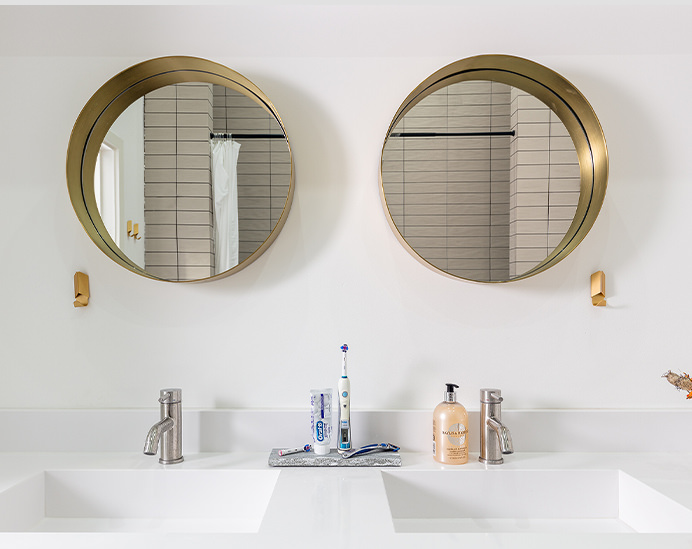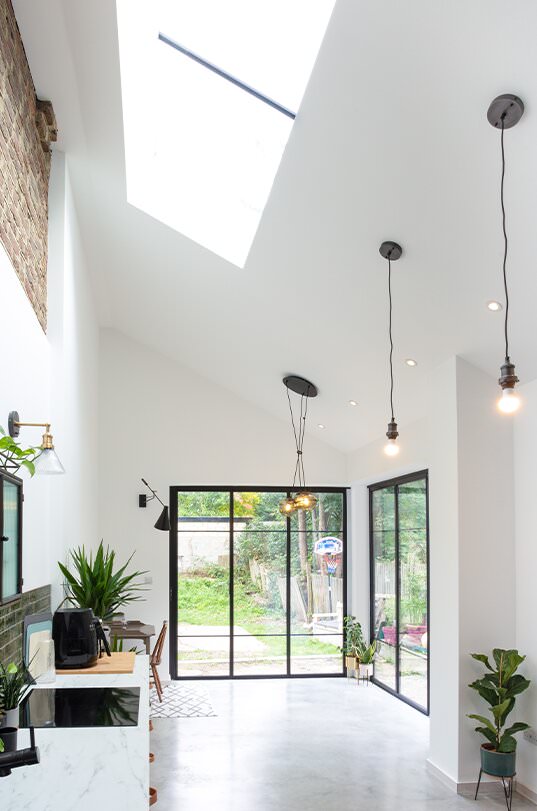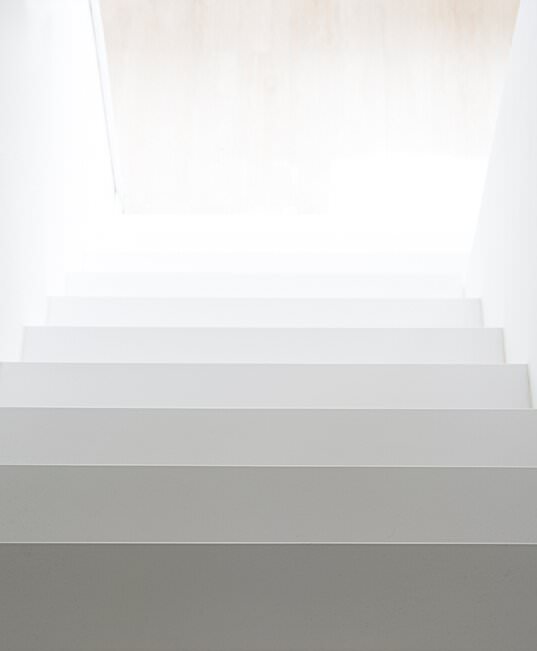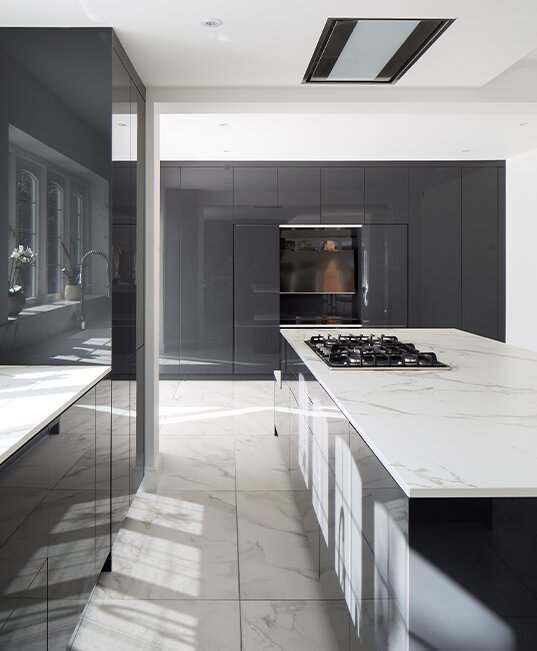CPD with Dormakaba: The Equality Act in the Built Environment
March 31, 2025
It is our responsibility as designers of the built environment to make sure our work is accessible and inclusive to all. To do this, we must take an intersectional approach to design to ensure that everyone is welcome and comfortable, regardless of of age, sexual orientation, gender, health condition, disability, ethnicity, or religion.
Considerations to the requirements of people with physical, cognitive and sensory differences need to be undertaken. Disregarding the varied backgrounds and histories of users of the built environment is a sure way to systematically exclude people from spaces and create inaccessible designs.
Dormakaba visited us to talk about the Equality Act and one of their products: automatic doors.
The Equality Act applies to all of the following areas:
• Commercial
• Retail
• Residential
• Transport
• Education
• Healthcare
• Financial
The Law states: Where a physical feature makes it impossible or unreasonably difficult for disabled people to use a service, service providers since October 2004 have had to make reasonable steps in order to remove the feature, alter the feature, provide a reasonable alternative means of avoiding the feature, or provide a reasonable alternative method of making the service available to disabled persons. New buildings should therefore be designed to provide access to services. Service providers include anyone who provides a service to the public or a section of the public, like local councils and government departments, high street outlets (banks and shops), leisure facilities (cinemas, sports stadia, pubs and restaurants), and hospitals, clinics, public utilities and places of worship.
Buildings and products cannot be 'Equality Act compliant' as The Equality Act 2010 is civil legislation which refers to access to services, rather than access to the building. Buildings can allow for the compliance with the Equality Act should they comply with Building Regulations (Approved Document M) and British/European standards (BS 8300:2018 + A1:2010).
Access into, throughout, and out of buildings are essential. Enter: Dormakaba. With their wide variety of automatic doors, ingress, egress and general circulation can be much improved. Door specifications including clearances, opening force, door closers, handle types, seals, hinges, locks, air pressure, labels and visual contrast are all things to consider when doors are chosen in relation to accessibility.
If you would like a CPD please contact Harry Hardman at [email protected].
References:
https://www.architecture.com/knowledge-and-resources/knowledge-landing-page/new-guidelines-put-accessibility-and-inclusion-at-the-heart-of-building-design
